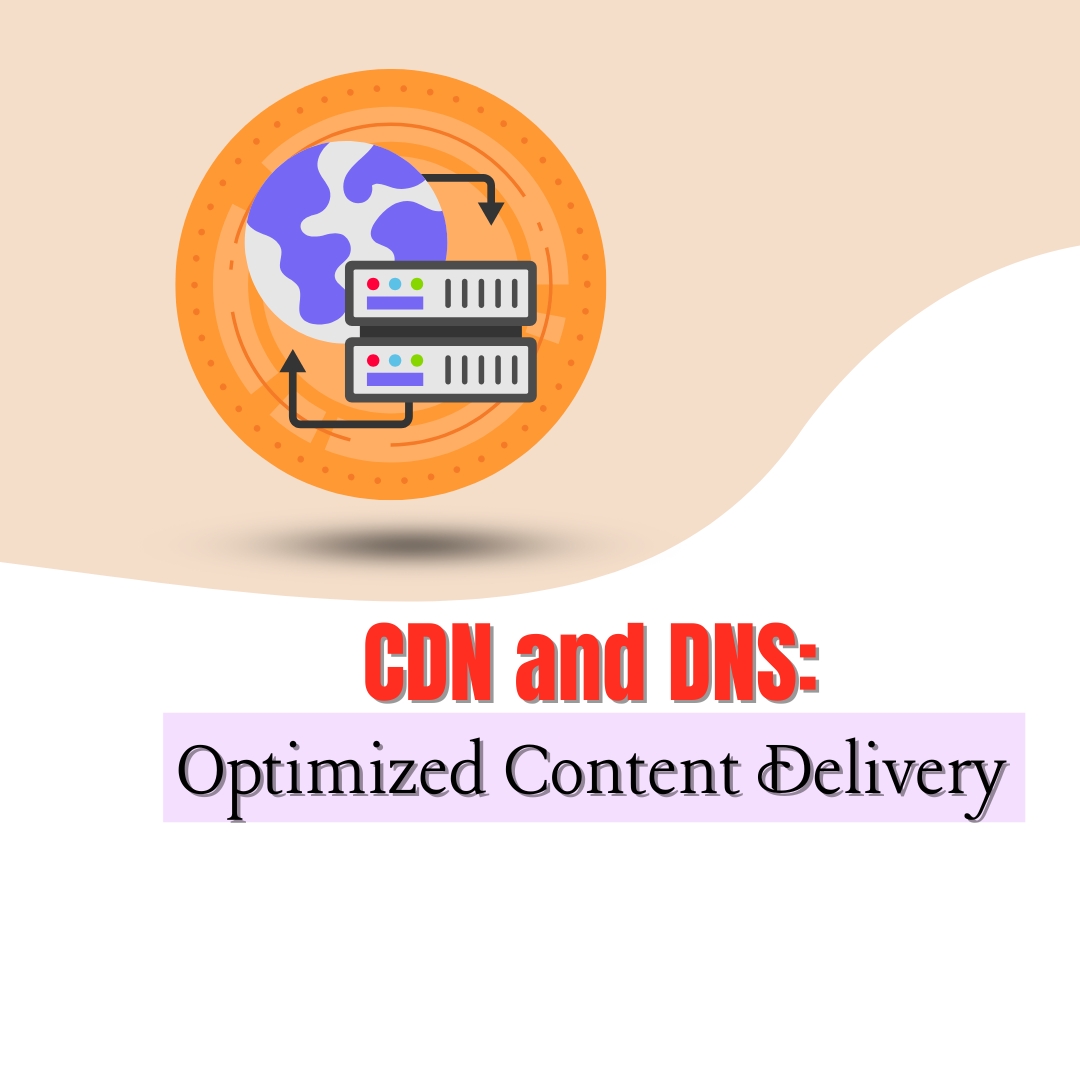
The Influence of Uptime and Downtime in Dedicated Web Hosting
In the realm of web hosting, uptime and downtime are critical metrics that can make or break the success of a website or online application. For users of dedicated web hosting services, where entire servers are allocated to a single customer, uptime and downtime have a profound influence on website performance, user experience, and business outcomes. In this article, we’ll explore the significance of uptime and downtime in dedicated web hosting and how they impact businesses and users.
Understanding Uptime and Downtime:
Uptime refers to the period during which a server or website is operational and accessible to users. It is typically expressed as a percentage of time that the server is available for use, with higher percentages indicating greater reliability and availability. Conversely, downtime refers to the period when a server or website is offline or inaccessible to users. Also, often due to maintenance, upgrades, hardware failures, or network issues.
The Importance of Uptime in Dedicated Web Hosting:
- Performance and User Experience: High uptime ensures that websites and applications remain accessible. And also responsive to users, contributing to a positive user experience. Consistent uptime is essential for maintaining user trust, engagement, and satisfaction, as users expect reliable access to content and services without interruptions or delays.
- Business Continuity: For businesses relying on their websites or applications to generate revenue, uptime is crucial for business continuity and revenue generation. Downtime can result in lost sales opportunities, decreased productivity, and damage to reputation, ultimately impacting the bottom line. Ensuring high uptime is essential for preserving brand credibility and competitiveness in the market.
- Search Engine Rankings: Search engines prioritize websites with high uptime and availability in their search results. Websites that experience frequent downtime or extended periods of unavailability may be penalized in search engine rankings, leading to decreased visibility, traffic, and organic reach. Maintaining high uptime is essential for preserving search engine visibility and attracting organic traffic.
The Impact of Downtime in Dedicated Web Hosting:
- Loss of Revenue: Basically, downtime can have severe financial consequences for businesses, resulting in lost sales, missed opportunities, and revenue loss. E-commerce websites, in particular, are vulnerable to revenue losses during periods of downtime, as customers may abandon purchases or turn to competitors for alternative solutions.
- Damage to Reputation: Downtime can erode user trust and confidence in a brand, leading to reputational damage and loss of credibility. Negative experiences resulting from downtime can tarnish a brand’s image, deter customers from returning, and result in negative word-of-mouth publicity, impacting long-term relationships and customer loyalty.
- Productivity and Operational Disruption: Downtime disrupts business operations and productivity, hindering employees’ ability to access critical systems, collaborate effectively, and serve customers. Extended downtime can lead to operational inefficiencies, delayed projects, and increased support and recovery efforts, further exacerbating the impact on business operations.
Mitigating the Impact of Downtime:
- Proactive Monitoring and Maintenance: Implement proactive monitoring and maintenance practices to identify and address potential issues before they escalate into downtime events. Regular server maintenance, software updates, and performance optimization help prevent disruptions and ensure smooth operation of dedicated servers.
- Redundancy and Failover: Utilize redundant infrastructure and failover mechanisms to minimize the impact of hardware failures, network outages, and other disruptions on service availability. Redundant power supplies, network connections, and backup systems enhance resilience and reliability, reducing the risk of downtime.
- Disaster Recovery Planning: Develop and implement a comprehensive disaster recovery plan (DRP) to guide response and recovery efforts in the event of downtime or service interruptions. The DRP should outline procedures, protocols, and responsibilities for restoring services, recovering data, and minimizing downtime impact on business operations.
Conclusion:
In conclusion, uptime and downtime are critical factors that profoundly influence the success, performance, and reliability of dedicated web hosting services. High uptime is essential for ensuring optimal website performance, user experience, and business continuity, while downtime can have detrimental effects on revenue, reputation, and productivity. Moreover, by prioritizing uptime, implementing proactive monitoring and maintenance practices, and developing robust disaster recovery strategies, businesses can mitigate the impact of downtime and ensure reliable and resilient web hosting solutions for their websites and applications. In the competitive landscape of online business, uptime is not just a metric but a cornerstone of success and sustainability in dedicated web hosting.







